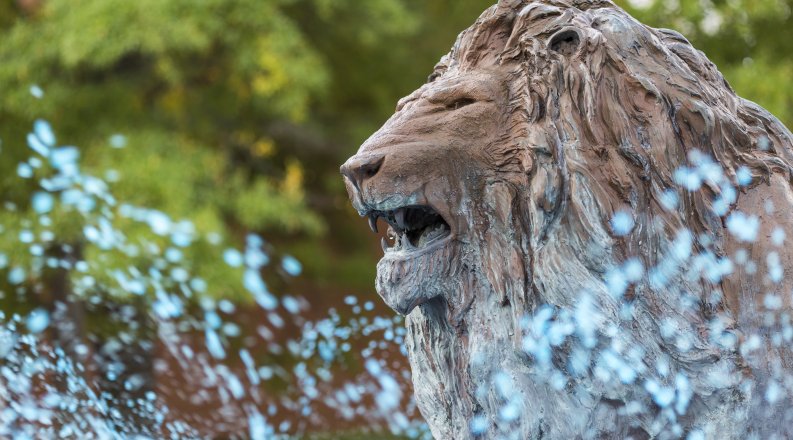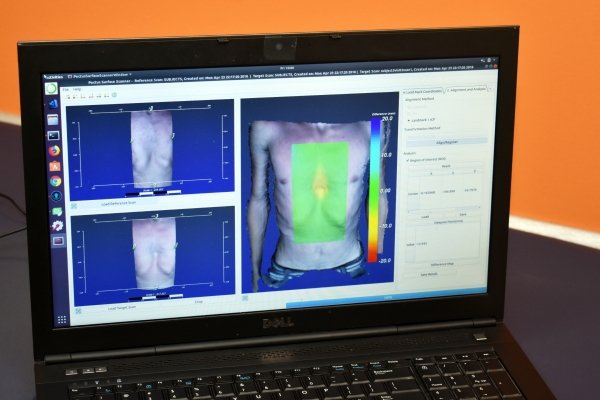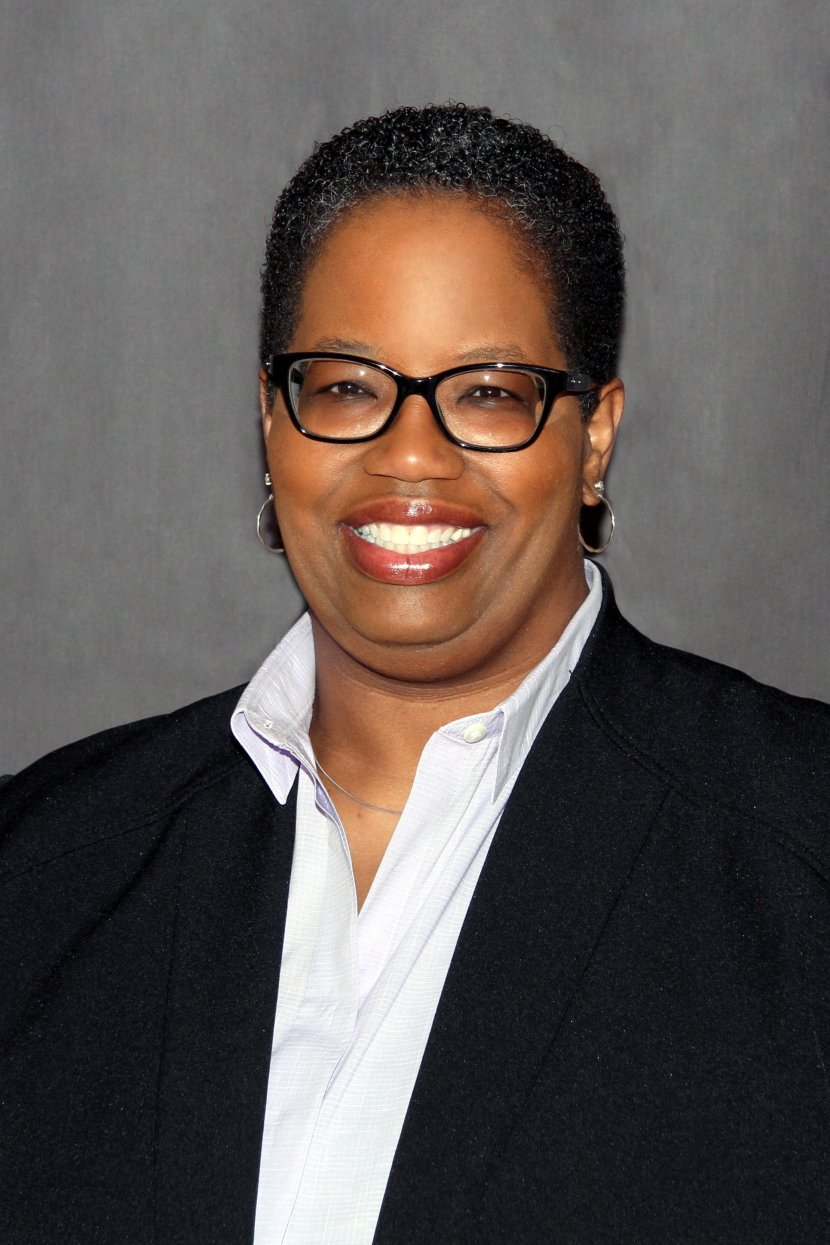The tool is designed to provide a more accurate measurement of progress while improving patient compliance. It enables patients and parents to see chest improvement in a colorful, game-like 3D simulation.
By Keith Pierce
For people with sunken or protruding breastbones, surgery is not always an option. In most cases, the use of a brace or a suction cup for up to several hours a day is the preferred treatment. However, because both conditions are most common in children, getting them to use the devices often is an issue.
A team of students and faculty at Old Dominion University has developed a 3D scanning tool to track improvement of chest deformities that's so extraordinary it has attracted the attention of hospitals in Korea, China and France.
"I was surprised at the methods they have been using to measure patient progress," said Frederic McKenzie, professor and chair of the Department of Modeling, Simulation and Visualization Engineering (MSVE) in the Batten College of Engineering and Technology. "It's really just a ruler placed on the chest, which is not only very prone to error, but it's not very informative, especially to young patients."
The tool created by McKenzie's team is designed to provide a more accurate measurement of progress while improving patient compliance. It enables patients and parents to see chest improvement in a colorful, game-like 3D simulation.
"Our collaborators at Children's Hospital of the King's Daughters (CHKD) tell us that patients and parents just love this tool," McKenzie said. "Children especially love seeing the chest improvement in a virtual-reality way."
According to Dr. Robert Kelly, chief of surgery at CHKD, treatment of pectus excavatum (sunken chestbone) and pectus carinatum (an uncommon birth defect in which the breastbone protrudes abnormally) can take years.
"The treatment progress is slow, especially for a teenager," he said. "The scanner and software developed by the team at ODU have been very helpful in getting patients to stay the course because it provides a colorful 3D image that gives a much more accurate picture of progress. More importantly for us, the topographical map of the patient's chest provides a much better snapshot as to the severity of the condition, which lets us know if and when surgery is required."
Nahom Kidane, an MSVE Ph.D. student, said the project gives his love of simulation technology real meaning.
"Nowadays kids are so adept to the use of gaming devices, so we thought why not create a way for them to see their progress in 3D and actually motivate them to come back to the hospital to see their progress, and it's working," Kidane said.
McKenzie's team had already developed a simulation to help train doctors to perform a procedure that was developed in 1987 by Dr. Donald Nuss at CHKD for treating pectus excavatum. This minimally invasive procedure involves the insertion of a concave stainless steel bar under the sternum and is being used worldwide.
"Surgical simulation is a hot topic in medicine right now, which is why a few years ago we asked Dr. McKenzie for help developing a training tool for the Nuss procedure," Kelly said. "Along the way, we had also been working on these non-surgical treatments, which is when Dr. McKenzie agreed to develop a simulator for those procedures."
Kelly and McKenzie recently wowed doctors from around the world when they presented the technology at a conference hosted by the Chest Wall International Group in Seoul, South Korea, in June.
"A simulator can be of great benefit if it provides realistic behavior and representation of the actual surgery," said Mohammad Obeid, associate professor of Modeling, Simulation and Visualization Engineering, a co-author of the technology. "Our instrument produces an objective gauge of a patient's physical improvement after undergoing treatments with realistic textures, as well as physical behaviors."
Related News Stories
Engineering Dean Receives Harriet Tubman Award
Recognized for her commitment to creating engineering pathways for underrepresented student populations, Stephanie G. Adams, dean of the Batten College of Engineering and Technology at Old Dominion University, recently received the Harriet Tubman Award. (More)
ODU Named a National College of Distinction
The University was selected for its student engagement, great teaching, successful outcomes and vibrant community (More)
Two Bioelectrics Researchers Receive VA Catalyst Grants
Anna Bulysheva and Christian Zemlin received awards to further their research in cardiac and musculoskeletal tissue repair. (More)







